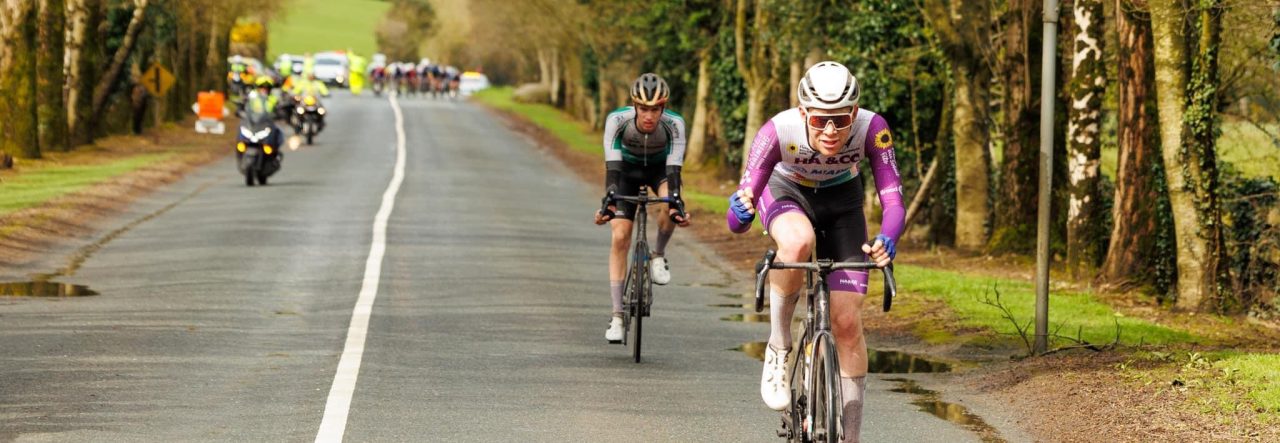From an article first published in Bicycling Magazine Issue 2 2022

Andy Turner, 26, started riding as a teenager in west-central England. His local road racing group nicknamed him Fat Boy. He hardly lived up to the description at 6’3″ and about 200 pounds, but immediately he internalized the idea that in order to be a proper cyclist, he had to lose weight. Turner’s weight steadily dropped as he became more serious about the sport over the next couple of years.
“It becomes a sort of obsession with wanting to get lighter and lighter and lighter,” he says.
When a knee injury side-lined him in 2015 at age 20, he decided that since he couldn’t focus on training, he would get as lean as possible. He restricted his calories to less than 1,200 a day; at one point his weight dipped below 155 pounds, which for his height (190cm/6’3) would be low for a Tour de France climber. His coach wasn’t alarmed by this change when he started riding again that winter. Even suggesting that he didn’t really need to eat during long, low-intensity training rides, because his fat stores would provide the energy he needed. There was no talk about the basics of sports nutrition or the potential dangers of undereating, only about staying as thin as possible.

He started doing seven-hour fasted rides in an effort to get his weight lower. But under-fuelling started to catch up with him in 2017, when he no longer had the energy to keep his power up. It took an emotional toll as well; he was constantly obsessing about food, counting up every calorie in his head and trying to stay below a certain number. Lab tests revealed low testosterone with high cortisol levels, a sign of Relative Energy Deficiency in Sport (RED-S), a disorder that occurs when someone doesn’t have enough energy available to support their activity level.

Turner’s college studies eventually helped him recognize that he had a problem. He was pursuing an exercise science degree, and when he read about a questionnaire used to assess whether or not an athlete has an eating disorder, he was alarmed at how much his habits lined up with the criteria. With the help of a sports dietitian,
he slowly increased his calorie intake, but recovery has been a long process.

“It’s only recently that I’ve actually stopped counting calories and tried to have a better relationship with food,” he says, adding that he still finds himself subconsciously tracking everything he eats in a day, out of habit.
Being around other cyclists who are so focused on food and weight makes it even more difficult to leave disordered behaviours behind. When Turner joined a professional UCI Continental team in 2019, one teammate told him he was too big to be a pro rider, even though he hadn’t gained back more than 15 pounds. His team coaches never pushed him to lose weight, although there was still no talk of proper nutrition for training rides and races.

This article highlights just some of my personal experiences with disordered eating and under-fuelling in cycling, as well as some of the archaic attitudes towards fuelling. ‘Eating is cheating’ is a mantras commonly used to mock people eating on a ride. If an inexperienced rider hears this, they can take it as meaning they need to reduce food intake as they try to learn from more experienced riders. This highlights why it is so important to not only do your own research, but also have a genuinely knowledgable support network around you who will look after you, your physical health, and your mental health

